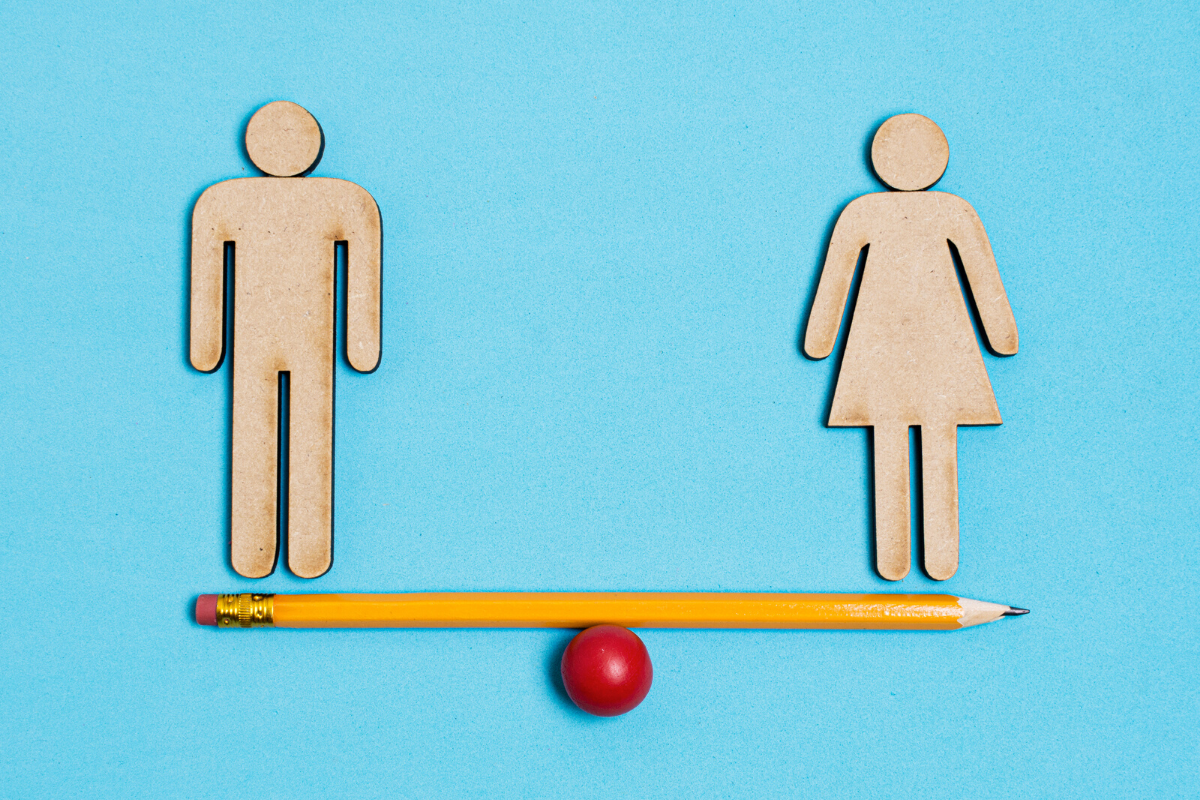Cultural Bias in the Workplace

Cultural bias is the process where we tend to judge other phenomena based on our own cultural preferences, or by the norms of a particular culture.
This occurs due to variations in the patterns in which humans interact. There are systems (technical, linguistic, social, cultural, economic, and others) that are inherent to particular groups. It is when there is exchange of communication, or through any exposure to a foreign cultural environment, that people tend to develop a cultural bias.
It includes what we call misconceptions, prejudices, or beliefs that we possess towards other people, communities, or countries. Various media like books, movies, travel, food, or lifestyle introduce us to the non-familiar aspects existing in the world outside. Cultural bias, thus, is just like viewing the ‘other’ with ‘our’ glasses on. Some examples of cultural influences that may lead to bias include:
- Linguistic interpretation
- Ethical concepts of right and wrong
- Understanding of facts or evidence-based proof
- Intentional or unintentional ethnic or racial bias
- Religious beliefs or understanding
- Sexual attraction and mating
Social scientists, like psychologists, economists, anthropologists, and sociologists, seek to identify cultural differences in their research in order to better inform their interpretation of data. For example, an economist might seek to explain disparities in life expectancy between different cultural groups or communities through the lens of the cultural biases in the healthcare system.
Micro-aggressions as actions and comments that perpetuate systemic oppression and cultural bias in the workplace. A micro-insult can take the form of a stereotypical comment about another race, often uttered by individuals who do not recognize their own internalized racism. Macro-aggressions are racist symbols, hostile jokes, or disparate treatment in the workplace, such as a biased white manager ignoring the suggestions of a talented black employee.
- Expecting Asian employees to be good at math
- Assuming diverse employees were hired through affirmative action programs
- Praising a black employee for being “so articulate”
How To Keep Your Beliefs in Check
Fear is a strong reason why we don’t challenge our cultural bias as we stay away from what we are afraid of. The first step to keeping your beliefs in check is to be aware of them in the first place. As a bid to understand your mind better, challenge your cultural bias and question its truth and origination. Here’s how:
